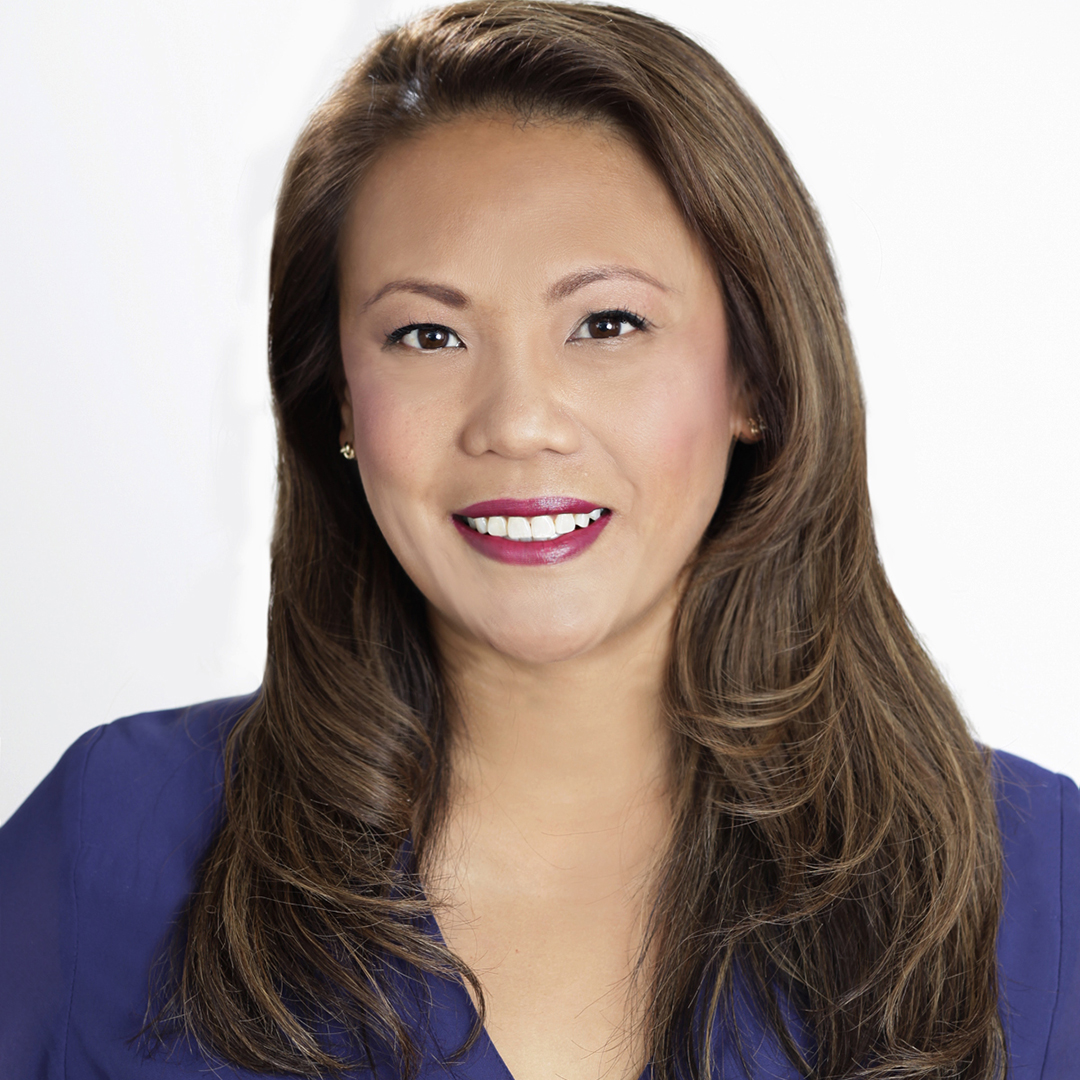|
Getting your Trinity Audio player ready...
|
Many career paths lead to success. Uday Hardikar believes a route that includes stops yielding diverse experiences, such as working in multiple countries and within different business functions, is one of the most enriching and rewarding.
Hardikar’s journey has included corporate stints in India, Ireland, and North America in bio-pharmaceuticals, medical devices, and precision manufacturing industries. He’s served in operations, supply chain management, industrial engineering, and sales and service support, all leading to his current role as executive vice president of engineering and product development for Comar, a premier packaging and medical component supplier, innovating solutions for customers who lead the way to a healthier world.
Hardikar’s breadth of experience has provided important insights into how people in different cultures work as well as how different business functions can optimize how they work together for superior business performance. These precious opportunities have allowed him— an executive of a multinational company with cross-functional responsibilities—to gain critical skills. “My experiences have helped me understand how people think and work, what motivates them, and the things they don’t like or struggle with,” Hardikar says.
To fully comprehend how people in various global regions approach their work, one must understand the local cultures, he explains. In the Asia-Pacific region, for example, people hold age and hierarchy in reverence. Experienced, high-level executives are rarely questioned. “If the boss says something, it goes,” Hardikar says. “You are expected to follow instructions to the letter.”
By contrast, workers in the US, and to some degree, Western Europe, tend to ask more questions, wanting to know more deeply about the reasoning behind decision-making. Hardikar says this behavior is expected and encouraged by the culture. Recognizing these differences is important, as executives who don’t understand these fundamental characteristics in a workplace may struggle to communicate their intentions or get intended results.

Approaches to instructional or training protocols, for example, differ greately between Asian and American operations, so flexible teaching methods must be adopted to be successful. One learning style is not necessarily better than the other, Hardikar says. Executives who are aware of the differences can more readily adapt their communication and leadership styles for each audience. This awareness, Hardikar believes, proves more effective than trying to change innate behavior. “It’s difficult to take the culture out of someone,” Hardikar says. “It takes a lot of effort to help them think differently.”
With respect to the healthcare industry, Hardikar says the ability to connect with workers in locations around the world is a critical skill for driving changes in healthcare and staying on top of the life-changing trends in the field. Innovation, supported by new technology, will be needed for the industry to address its most pressing challenges, and technologists will play an increasingly important role in this effort.
The healthcare industry must find ways to deliver better products and services while lowering costs. “The cost of providing healthcare has ballooned, while the need for services has gone up,” he observes. By 2030, for example, many baby boomers will be on Medicare, and costs could escalate to an unsustainable point. Fortunately, advancements in science, medicine, and technology as well as their convergence provide fantastic platforms for cost-reducing innovations.
From a patient experience perspective, point of care is shifting. Minimally invasive surgery allows patients to be sent home the day of surgery or just a day or two after. Reliable telemedicine apps and devices can help clinicians monitor patients remotely, allowing complications to be diagnosed and treated early, before they worsen.
From a product innovation perspective, companies can deliver more life-saving drugs, with the ability to tailor certain therapies for individuals. “Immuno-oncology therapies are getting smarter, but are not yet patient specific,” he observes. Artificial intelligence could help link new therapies to specific biomarkers to make treatments more effective.
From an operations perspective, the challenge is to deliver higher numbers of drugs in smaller batches, faster and cheaper. “In the past, a few drugs would make most of the money for pharmaceutical companies,” Hardikar says. “We are now moving to an era of less of more—more products at lower volumes.”
“Most important is what you do after you fail. How do you learn from it, and how do you respond?”
To be successful, manufacturers will have to be nimbler, and most large companies are not hardwired for that. “If it takes a long time to change over from one product run to another, that will be costly,” he says. Manufacturing facilities will need to be designed as multiproduct facilities, equipment design will need to enable faster changeovers, and people who work in manufacturing facilities will have to have diverse sets of competencies to support such operations. ERP systems will have to adapt to this new environment as well. Being smart in implementing Industry 4.0 will be a key differentiator.
The supplier base and partners serving Hardikar while at Bristol-Myers Squibb and B. Braun have built collaborative and mutually beneficial relationships formed from Hardikar’s strategic vision. “Uday’s focus on establishing added value and a differentiated vertical supply chain in a true partnership model has allowed CRB to align its services and expertise to meet both near-term needs and long-term strategic business objectives,” says Shannah Falcone, senior associate and director, strategic accounts for CRB. “He has empowered our collective teams to deliver forward-thinking, holistic solutions with an emphasis on maximizing operational efficiency and reducing cost of goods sold.”
For young technologists making their way in the dynamic healthcare industry, Hardikar encourages being patient and staying focused on learning new skills. He emphasizes the importance of taking chances and not fearing failure during change. “Pay your dues,” he advises. “What you put into your job is what you will get out of it. Everyone fails one time or another. Most important is what you do after you fail. How do you learn from it, and how do you respond?”
Reflecting on his evolutionary and global career, Hardikar says that young technologists looking to assume leadership positions should also strive to diversify their experiences, recognizing that sometimes, one must move laterally or even take a step down to do so. “Think of it as a career jungle gym, not a career ladder,” he says, quoting Pattie Sellers of SellersEaston Media. Broad experience, both geographically and functionally, is critical today, and will be even more so tomorrow.

